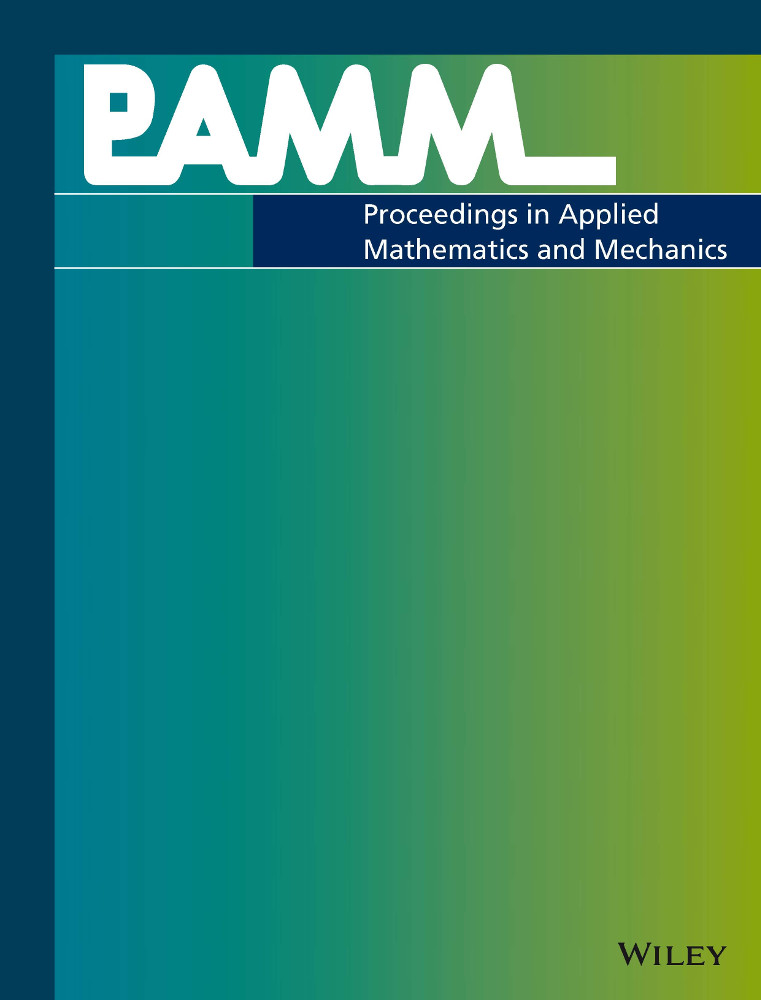Approaches for optimizing surrogate models considering uncertain parameters
Abstract
Surrogate models are a common tool to perform expensive optimization or uncertainty analysis in a cost-effective way. The structure and the application of surrogate models is well known, but there is still potential for improvement. The structure of the surrogate model can be divided into three parts, which can be considered separately. The sampling plan, the black box and the selection of the model itself. The optimization of the surrogate models in the sampling plan and the black box is presented on the basis of two case studies. In the sampling plans, the example of the FOSS method is used to show how sampling points are found for an optimized uncertainty analysis with a low number of sampling points. It is taken into account that the result space is not uniformly relevant for the uncertainty consideration with fuzzy parameters. If the black box is a problem from mechanics, known information can be used for an optimized surrogate modeling. For a Finite-Element-Method (FEM) black box, it makes sense to consider the maximum possible number of sampling points and maximum accuracy of the FEM-black box with regard to the surrogate modeling. As the case study shows, a reduction of the accuracy in the FEM calculation, by using a lower mesh density, can lead to an increasing accuracy of the surrogate model.




